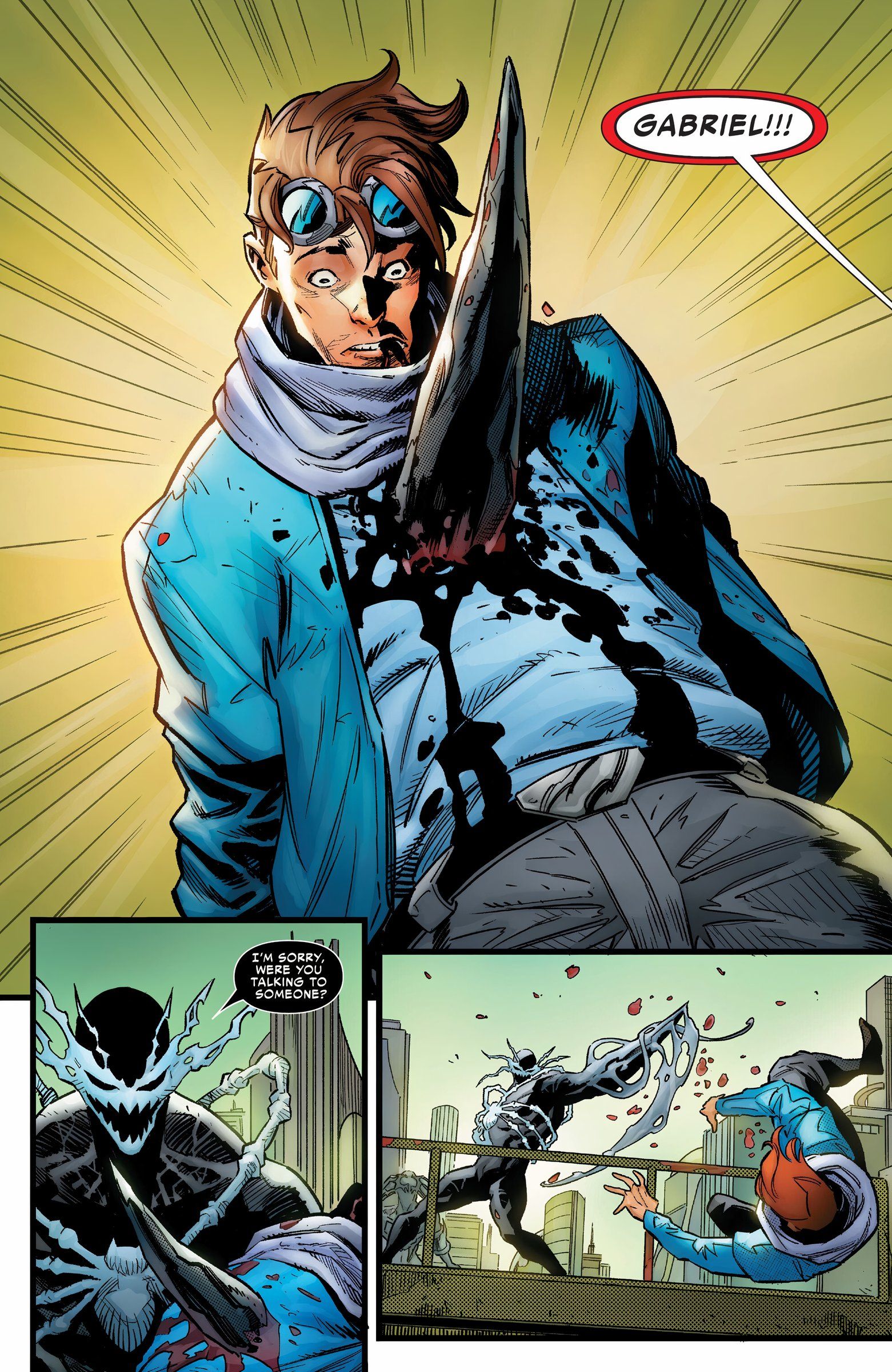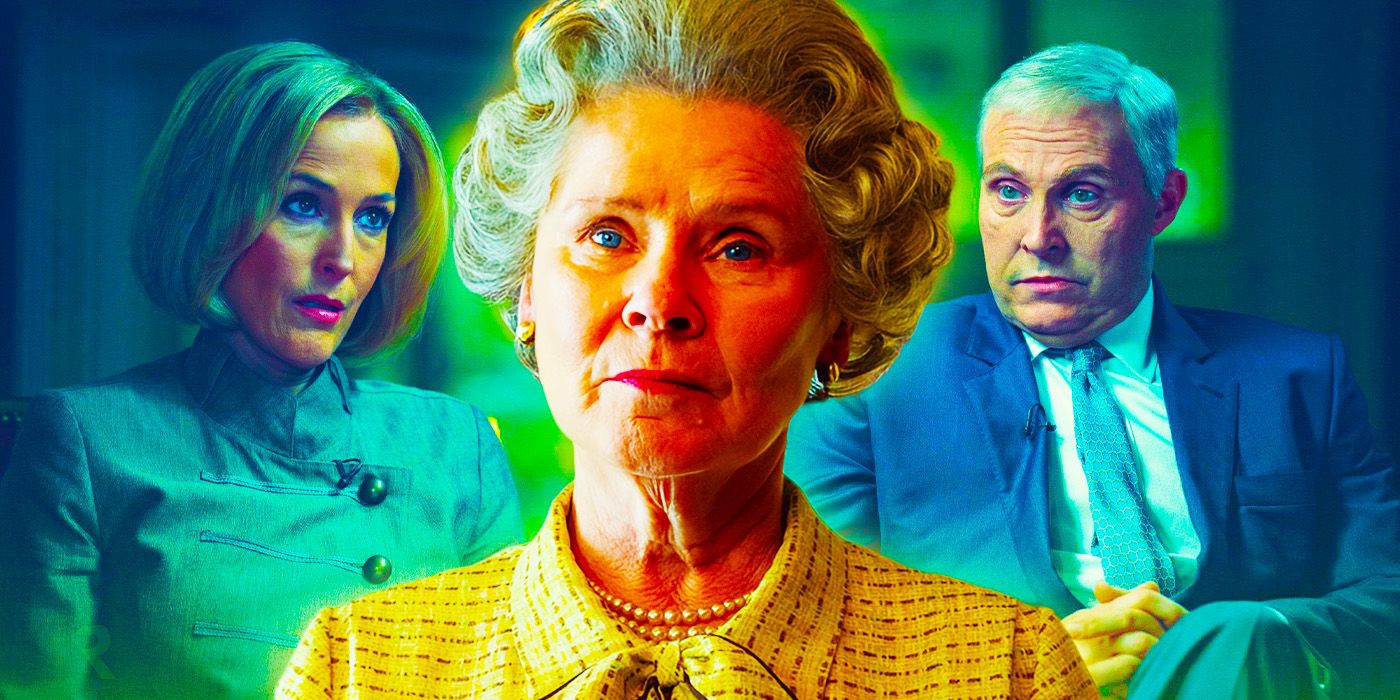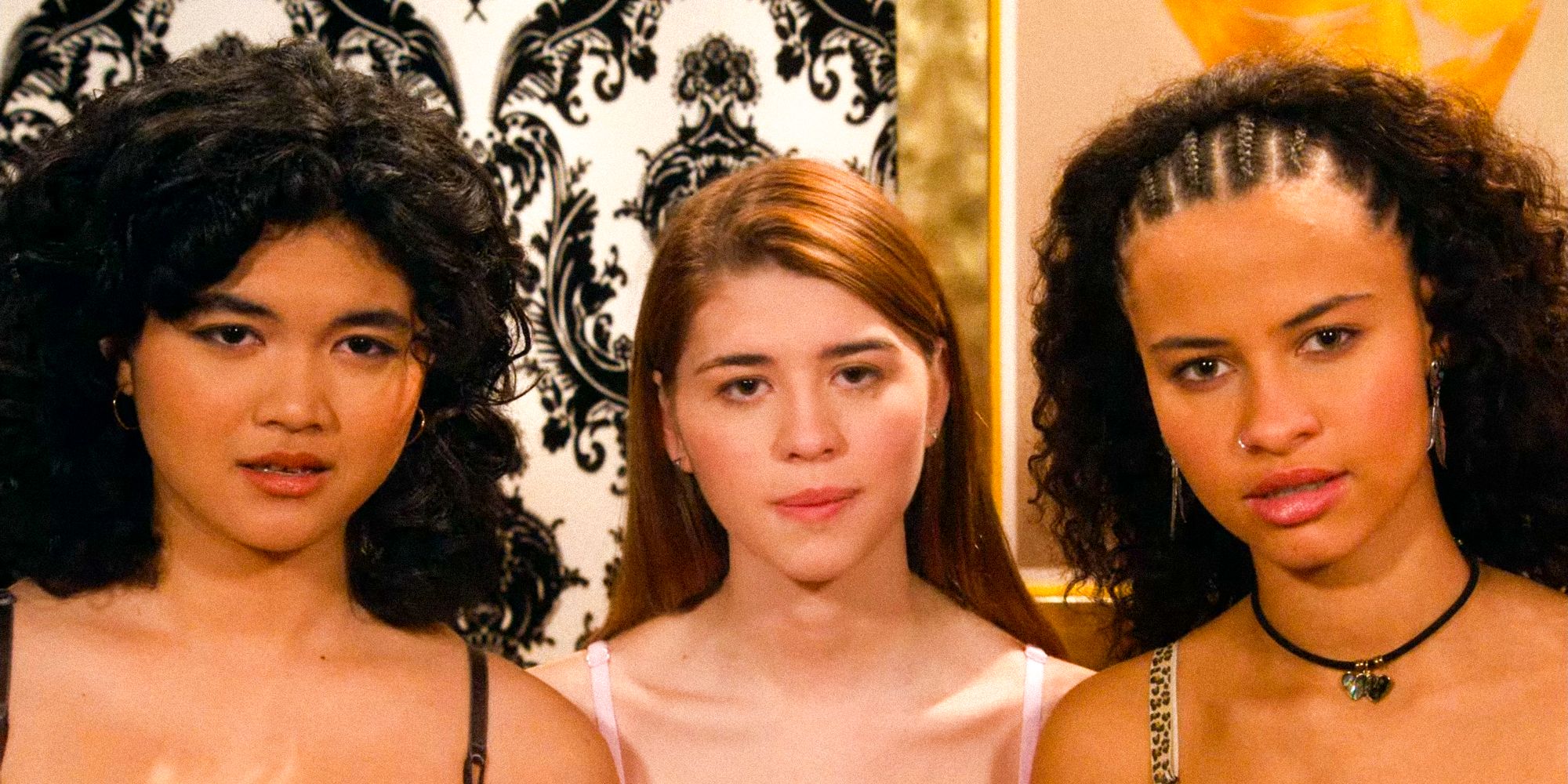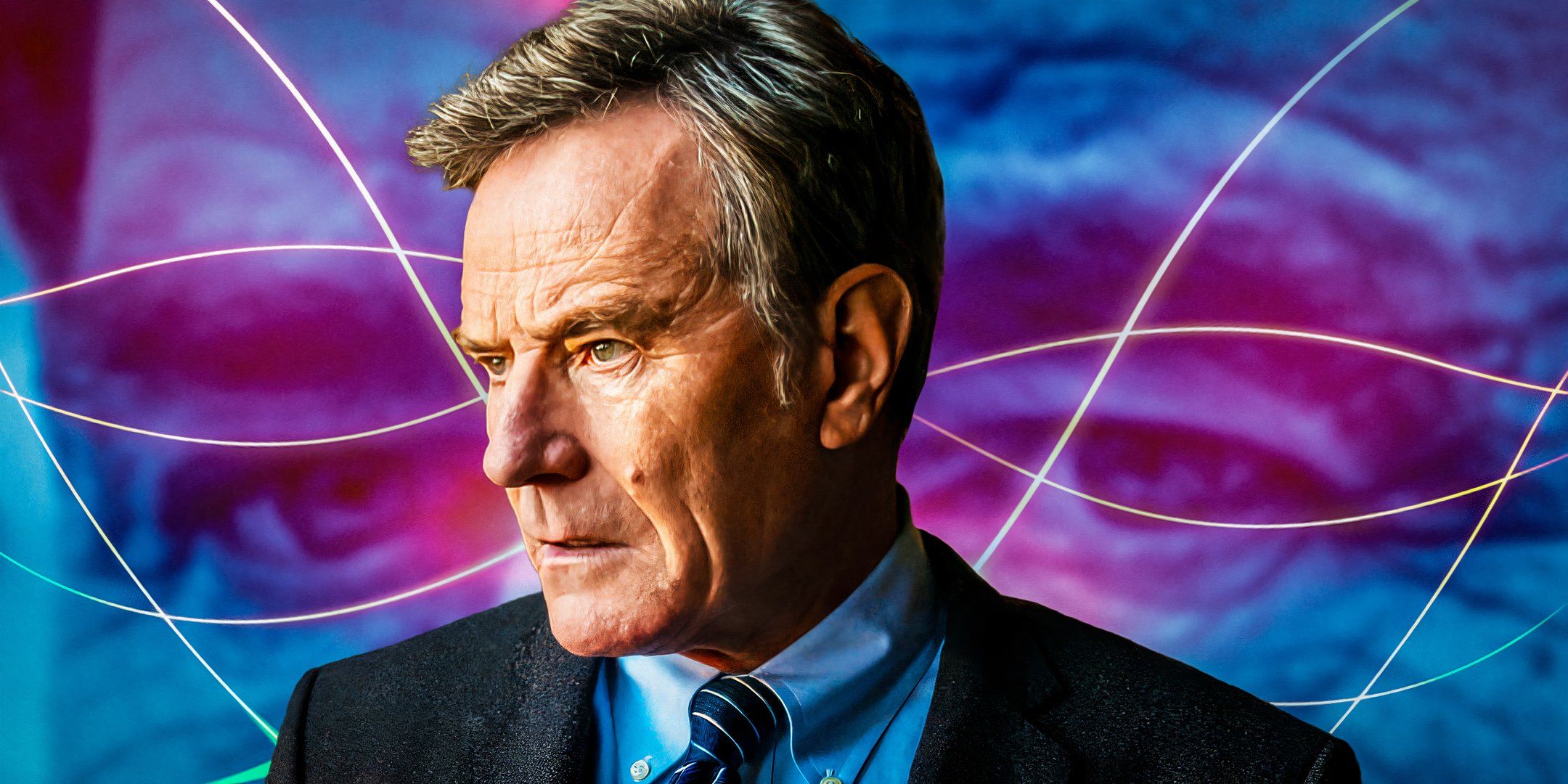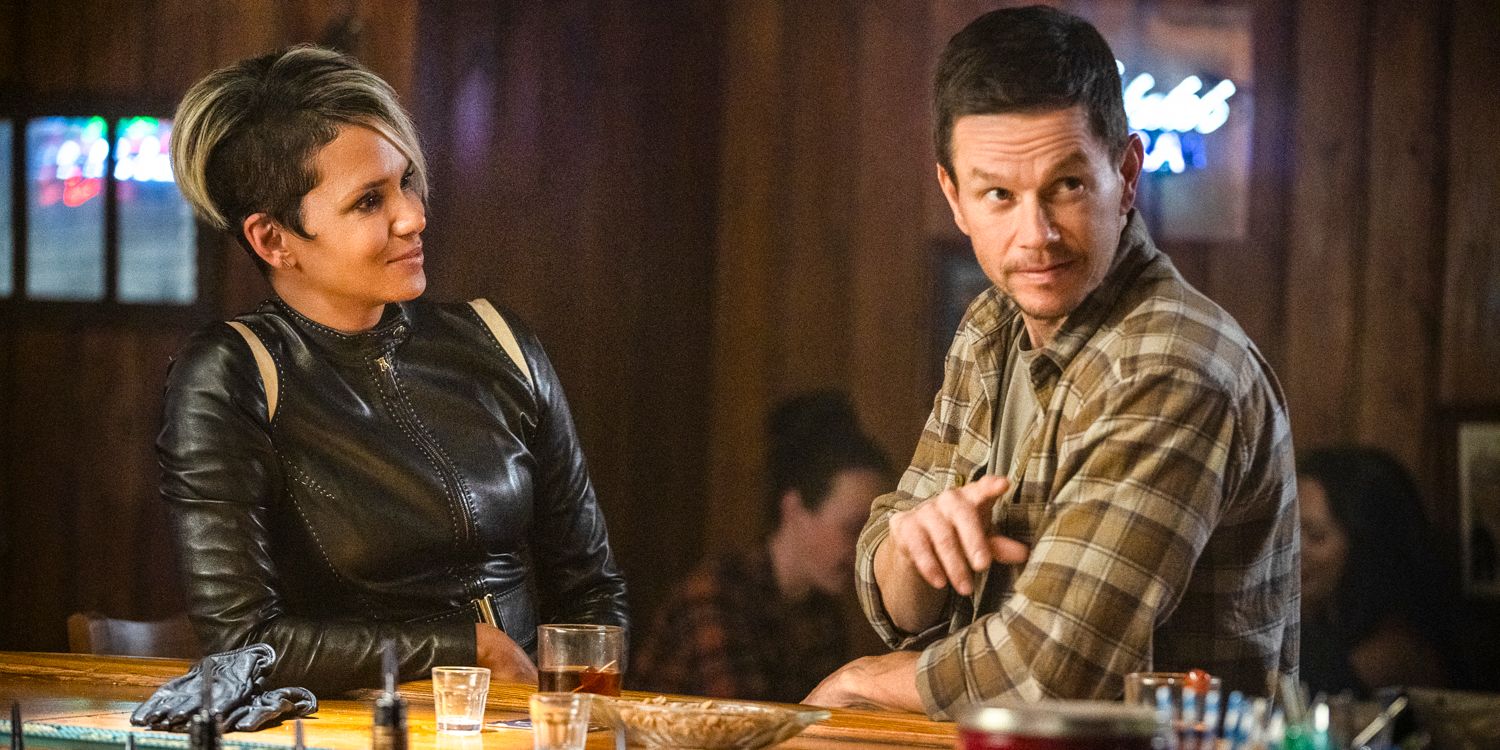While Leonard Nimoy’s Spock would later appear – via archive footage – in the Star Trek: Deep Space Nine episode “Trials and Tribble-ations,” the iconic Star Trek: The Original Series star had a surprising connection to one of DS9 season 1’s best episodes. By the time DS9 premiered in 1993, Leonard Nimoy had made what appeared to be his final appearance as Spock in Star Trek VI: The Undiscovered Country. However, Nimoy was eventually coaxed out of retirement to reprise the role of Spock for two of J.J. Abrams’s Star Trek movies, in 2009 and 2013.
As well as playing the legendary Spock in Star Trek, Leonard Nimoy was an accomplished stage actor and movie director. Nimoy directed two of the Star Trek: The Original Series movies and also worked on the scripts for three out of the six TOS movies. However, Leonard Nimoy’s surprising connection to Star Trek: Deep Space Nine had nothing to do with Spock, or the TOS movies. Instead, it was a play that he had performed on-stage in 1971 which would go on to inspire “Duet”, the best episode of DS9 season 1.
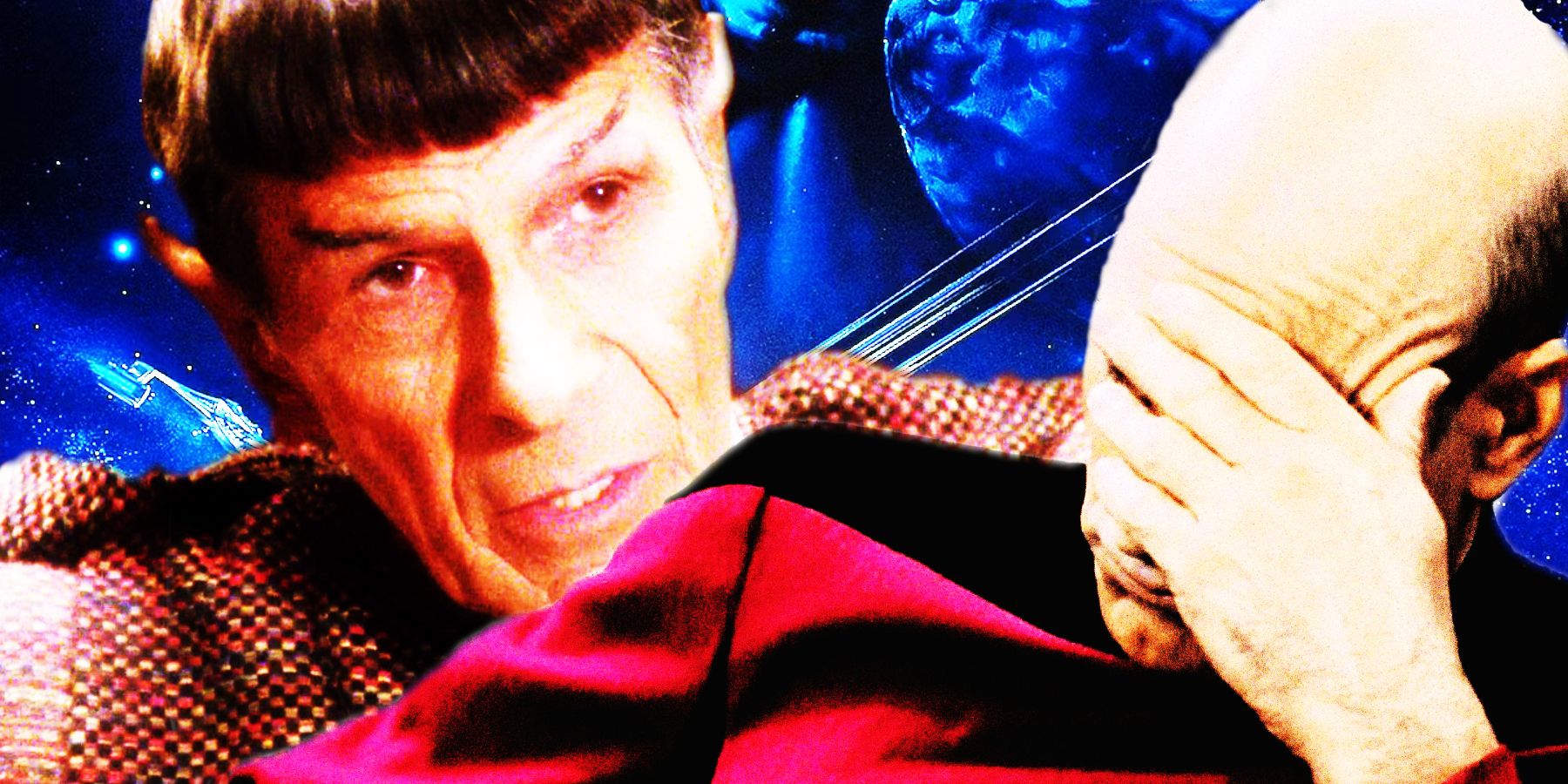
Spock’s Star Trek: TNG Appearance Was “Dark, Flat, Who Cares”, Says Executive Producer
TNG’s executive producer Michael Piller believed that Spock’s appearance lacked “cosmic significance”, but it radically impacted Star Trek’s future.
Leonard Nimoy’s Connection To Star Trek: DS9’s “Duet” Explained
The original premise for “Duet”, pitched by writers Lisa Rich and Jeanne Carrigan-Fauci, was the arrival of a suspected Cardassian war criminal aboard Deep Space Nine. However, Star Trek: Deep Space Nine producer Michael Piller worried that another Star Trek courtroom drama so soon after season 1’s “Dax” was a bad idea. Ira Steven Behr suggested basing the episode on Robert Shaw’s 1968 play The Man in the Glass Booth. In the play, a Jewish businessman, Arthur Goldman is suspected of being the Nazi war criminal Adolf Karl Dorf. Leonard Nimoy played the dual roles of Goldman and Dorf in a 1971 revival, and can be seen speaking about the play, and his iconic Star Trek role in the clip below:
Star Trek: Deep Space Nine‘s Aamin Maritza (Harris Yulin) and The Man in the Glass Booth‘s Arthur Goldman (Leonard Nimoy) have clear differences beyond the sci-fi trappings. In DS9, Martiza is unambiguously pretending to be the war criminal Gul Darhe’el, to answer for Cardassia’s brutal treatment of the Bajorans. Leonard Nimoy’s character in The Man in the Glass Booth is more ambiguous. He’s pretending to be Dorf and, like Maritza, forges documents to inhabit the historical monster. However, the motives of Arthur Goldman are more opaque than those of Aamin Maritza in DS9.
“Duet” Flips A Classic Star Trek: TOS Episode
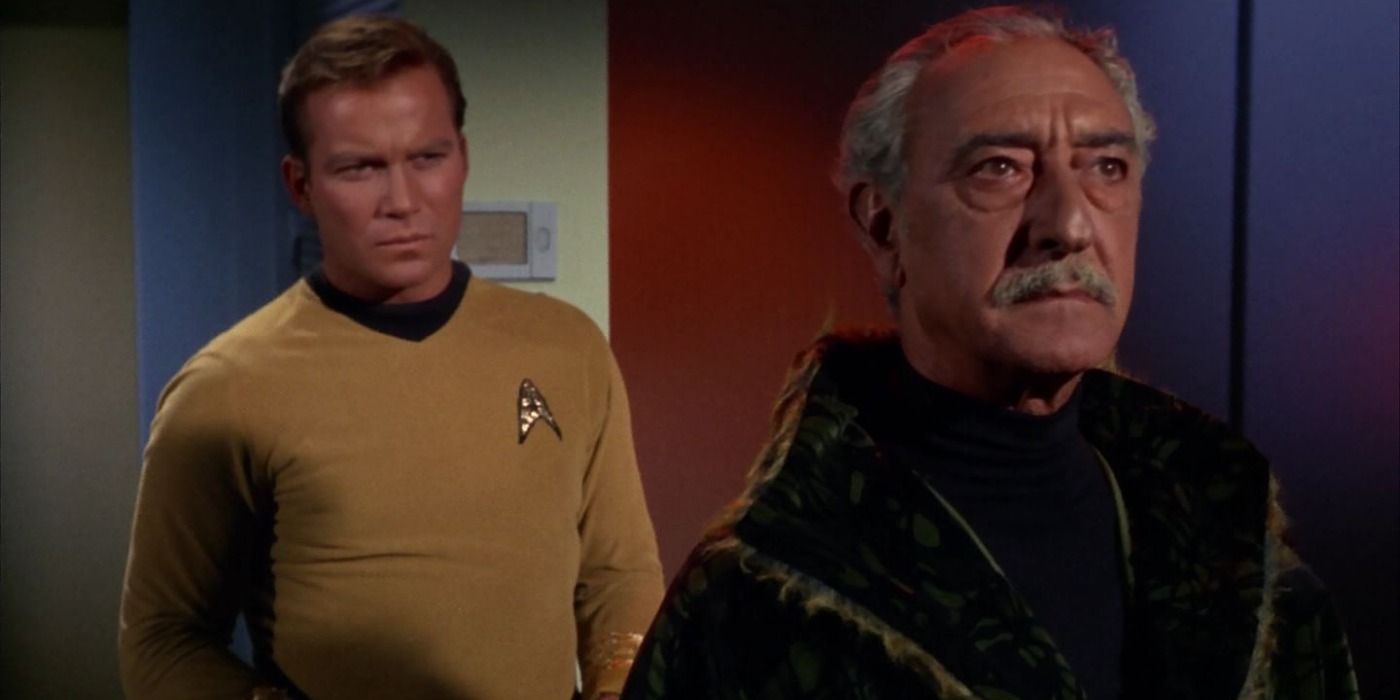
The Star Trek: The Original Series episode, “The Conscience of the King” is a more melodramatic account of a war criminal being held accountable for his crimes. Both “Duet” and The Man in the Glass Booth are compelling psychological stage plays, and yet the TOS episode is more overtly theatrical. Like Aamin Maritza in Star Trek: Deep Space Nine, Anton Karidian (Arnold Moss) is an unassuming visitor with a dark secret. Where Martiza is an innocent man playing the role of a war criminal, Karidian is the notorious mass murderer “Kodos the Executioner”, playing the role of an innocent actor.
Understandably, given the Star Trek episode’s Shakespeare title, “The Conscience of the King” is a tragedy that owes a heavy debt to the Bard. It’s full of big performances and overwrought melodrama, culminating in Kodos’ death at the hands of his daughter. Maritza dies at the end of “Duet”, too, but it’s a heart-wrenching moment that feels raw, natural, and unlike anything seen before in Star Trek. Where previous Trek shows had looked to the grand tragedies of Shakespeare for inspiration, Star Trek: Deep Space Nine was influenced by contemporary theater and brought Gene Roddenberry’s vision up to date for the 1990s.

